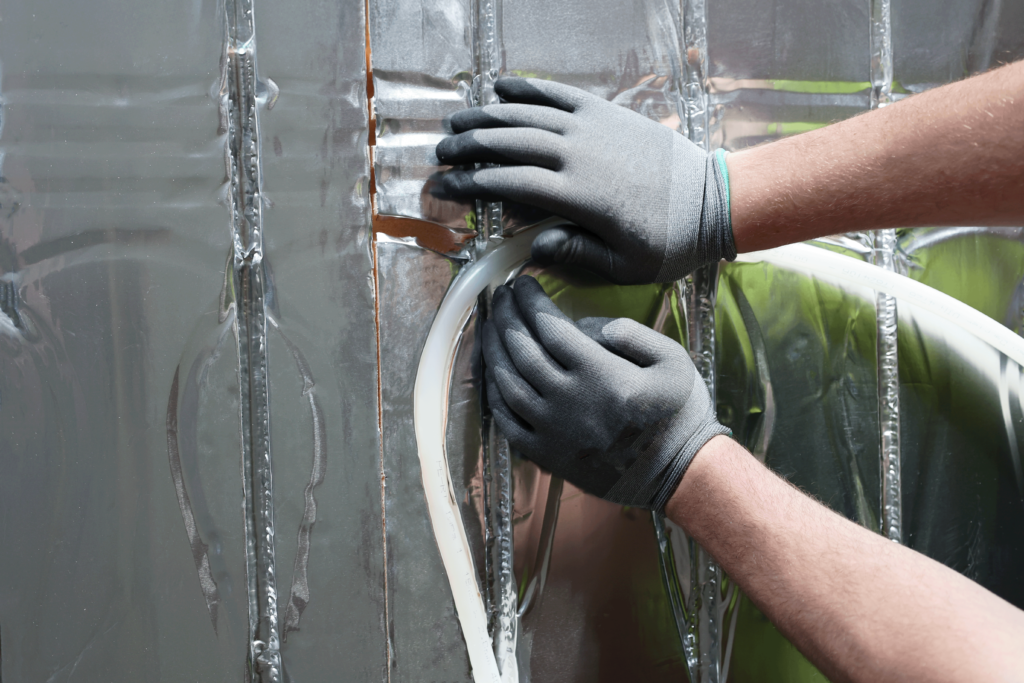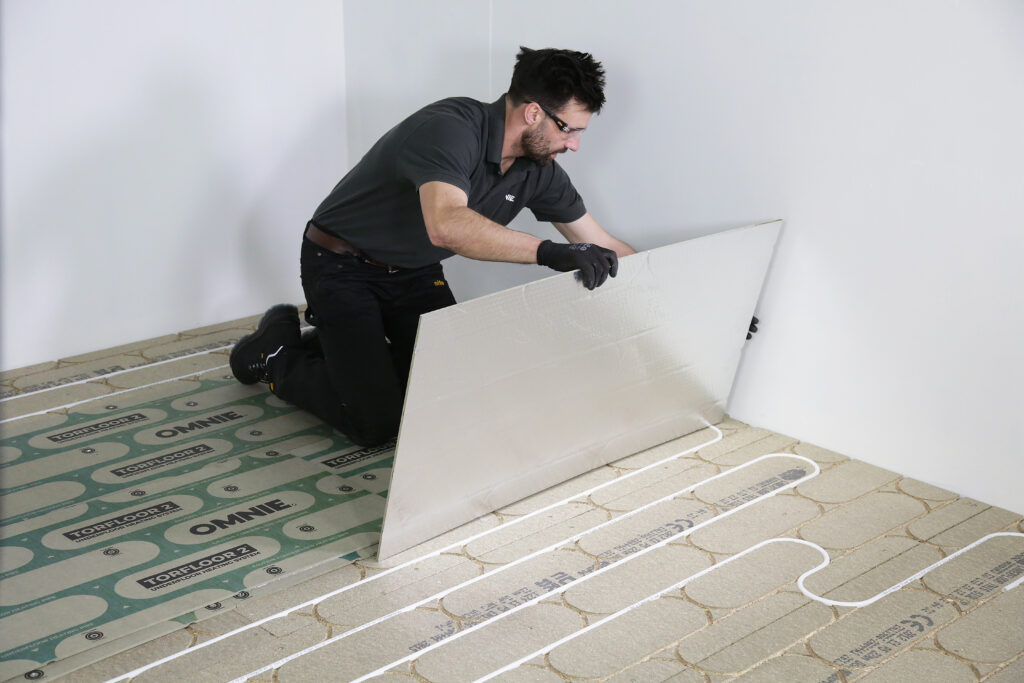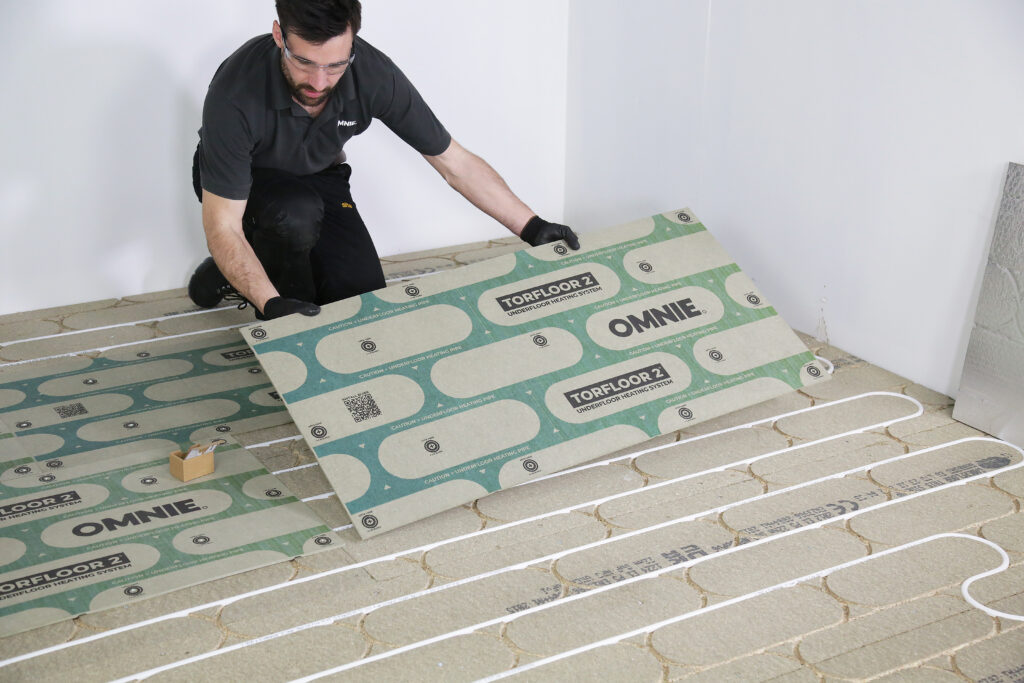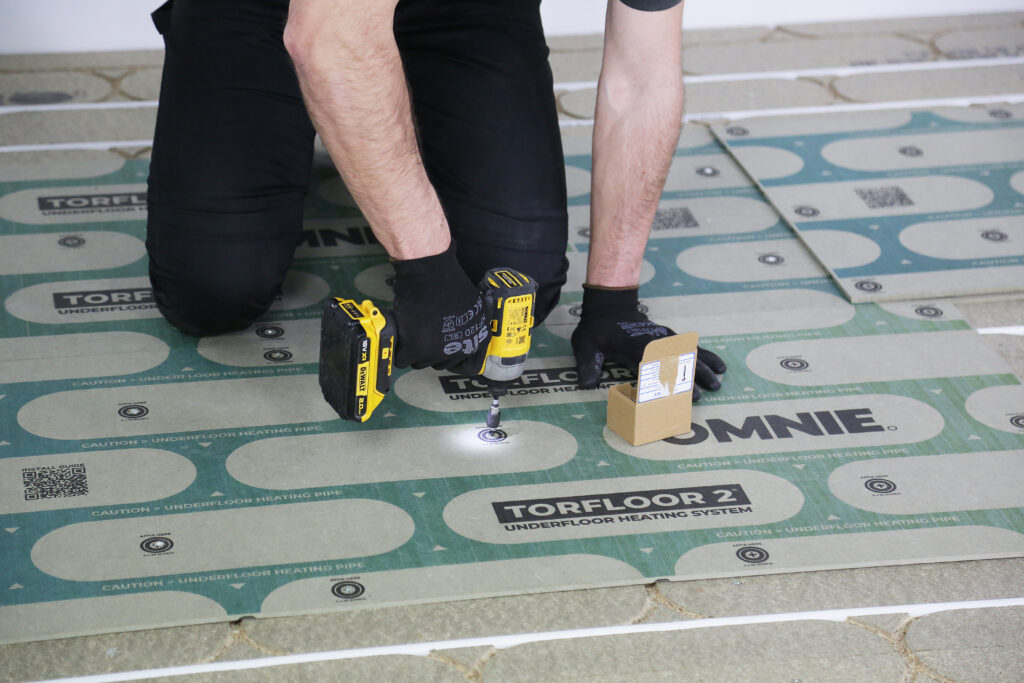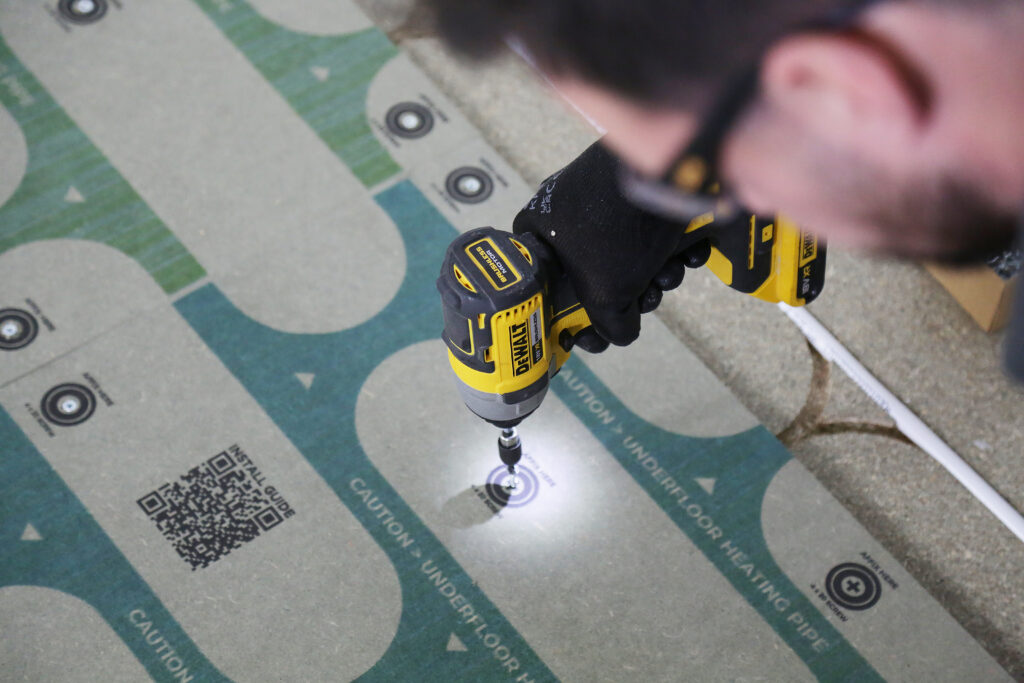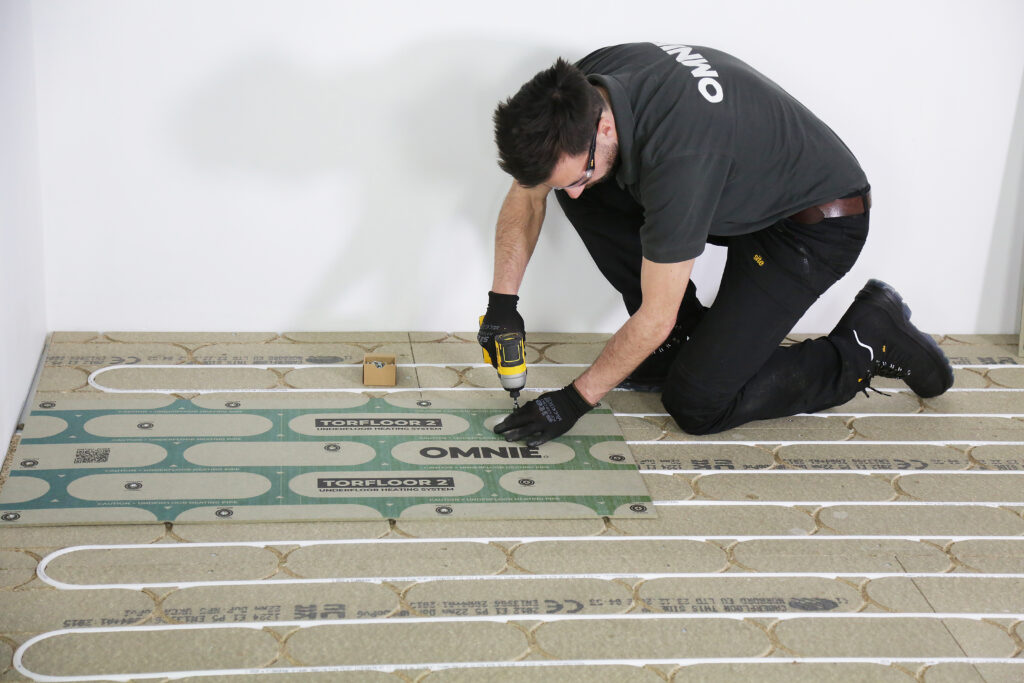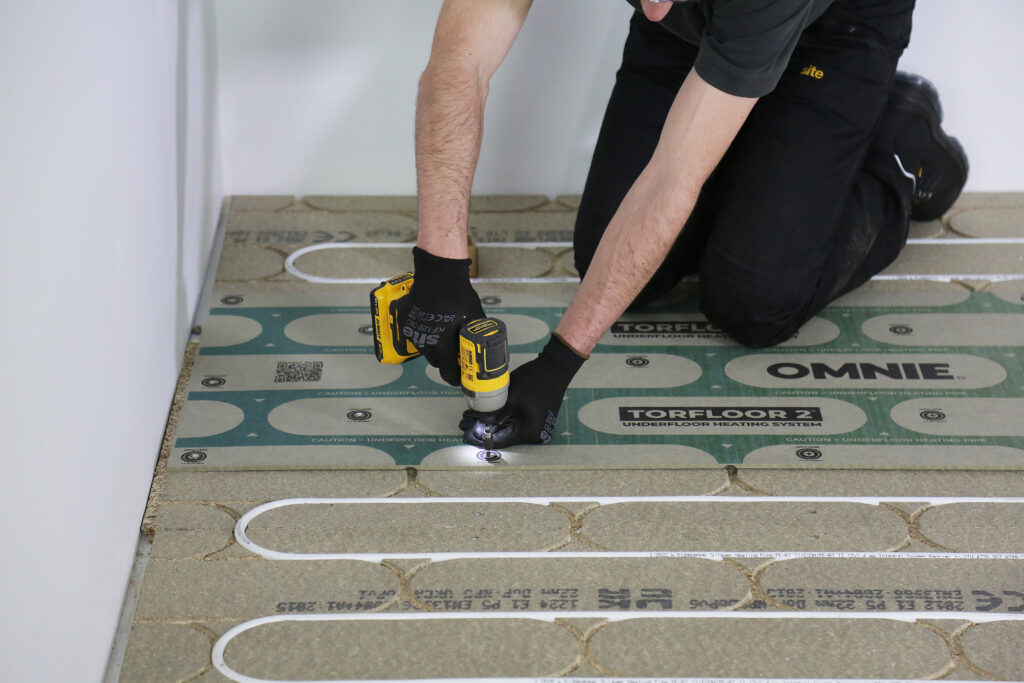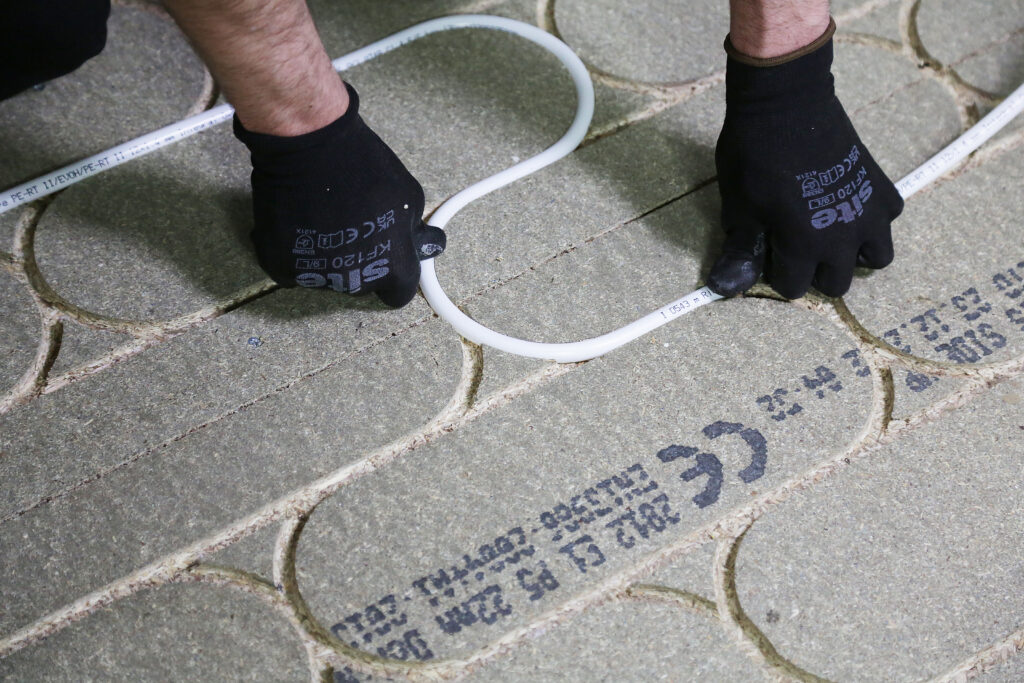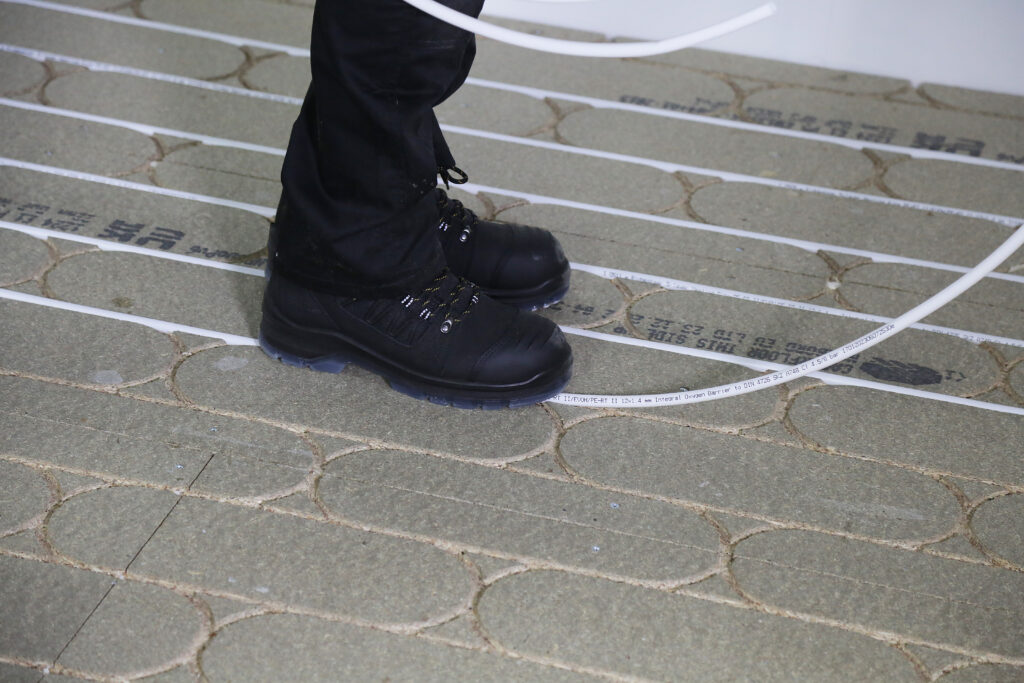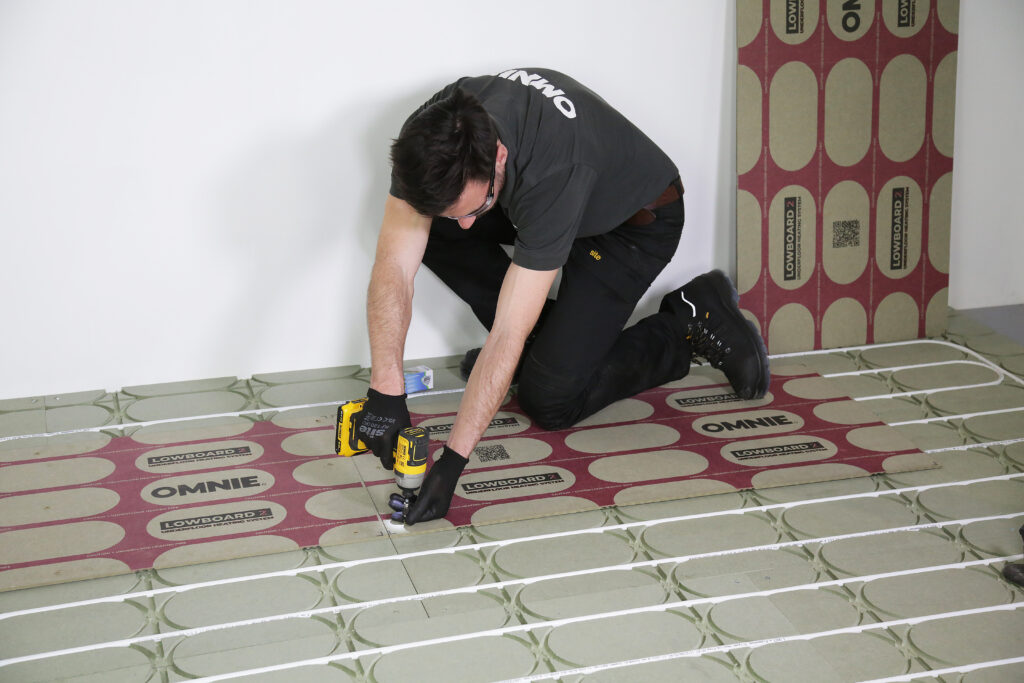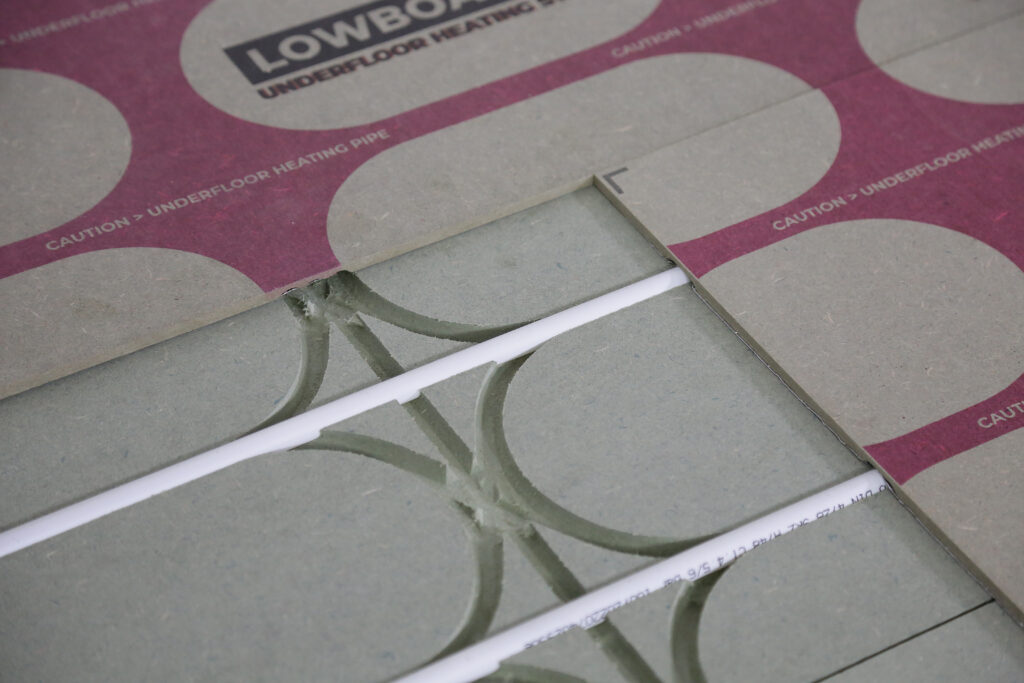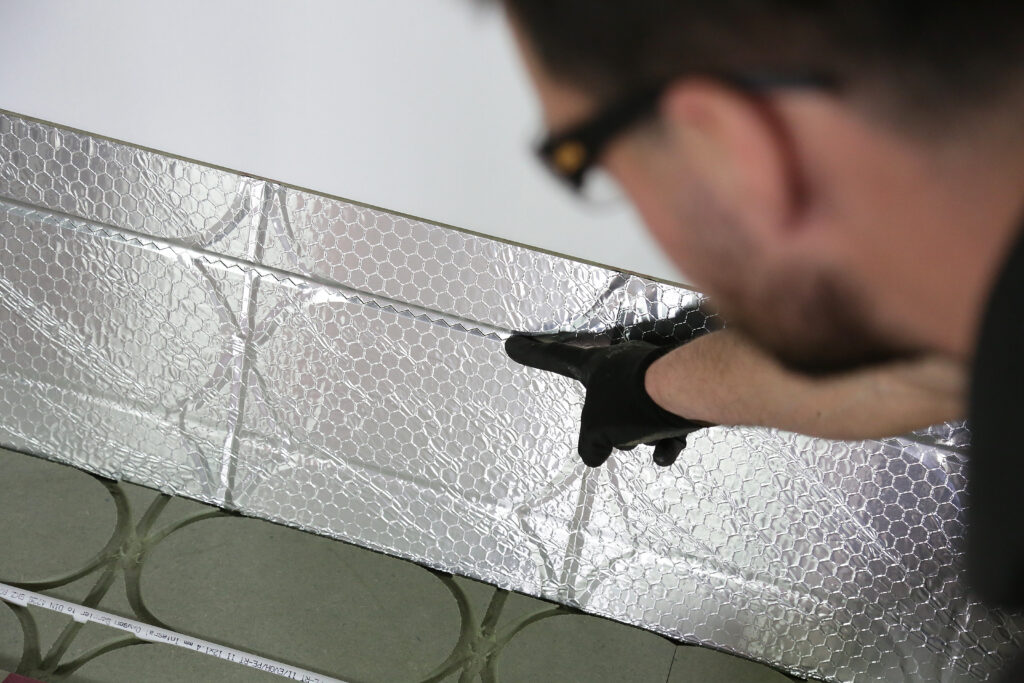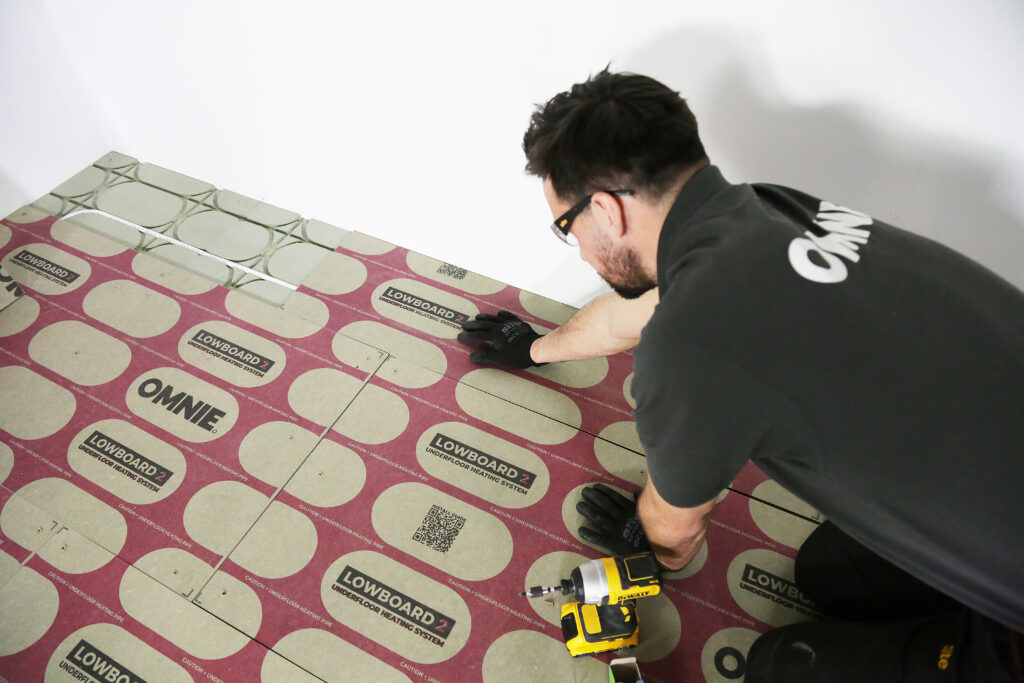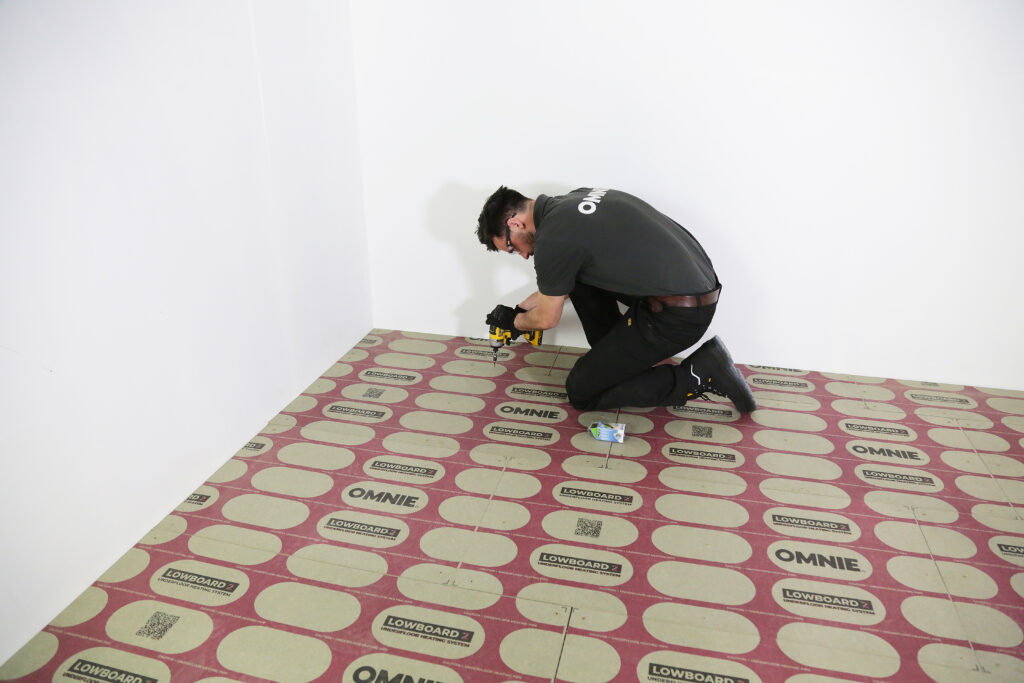ufh
Underfloor Heating Systems
General
Underfloor heating is a space-efficient and highly effective heating solution. OMNIE by tMSG products, built with decades of expertise, use a simple system of warm water circulated through pipes beneath the floor, creating radiant heat for comfortable warmth. Unlike radiators that heat primarily by air, underfloor heating offers a more natural warmth, similar to sunlight. This method is not only gentler on skin and eyes but also helps reduce dust mites. Designed to operate at low water temperatures, OMNIE’s systems are energy-efficient, compatible with renewable energy, and help lower heating costs.
Features
– Slim, Space-Saving Design
– Quick Heating and Cooling
– Energy Efficiency
– Ease of Installation
– Enhanced Comfort
– Slim, Space-Saving Design
– Quick Heating and Cooling
– Energy Efficiency
– Ease of Installation
– Enhanced Comfort
Technical Specification
Underfloor Heating
Underfloor heating works by circulating warm water through pipe embedded within the floor construction. Heat from the pipe is transferred into the floor and then into the room, providing enough warmth to heat the building all year round. This removes the need for radiators by making more effective use of the space, as well as eliminating any high temperature surfaces. An underfloor heating system generally has a surface temperature between 25˚C and 27˚C, lower than the palm of your hand. A conventional radiator can be as hot as 75˚C. The way in which underfloor heating transfers heat is also different to a radiator. Radiators transfer energy principally by convection, heating the air above and around the radiator causing the air to rise. As the warmed air is more buoyant than the cooler air in the room it will rise to the ceiling. The warmed air, as it crosses the ceiling, will begin to cool and then fall creating a draught.
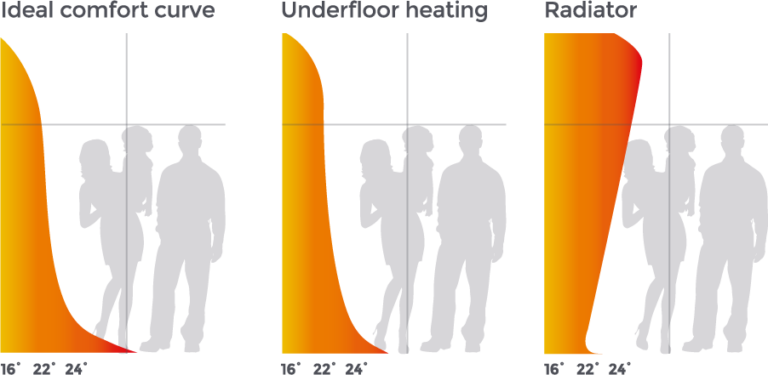
Underfloor Heating
Underfloor heating works by circulating warm water through pipe embedded within the floor construction. Heat from the pipe is transferred into the floor and then into the room, providing enough warmth to heat the building all year round. This removes the need for radiators by making more effective use of the space, as well as eliminating any high temperature surfaces. An underfloor heating system generally has a surface temperature between 25˚C and 27˚C, lower than the palm of your hand. A conventional radiator can be as hot as 75˚C. The way in which underfloor heating transfers heat is also different to a radiator. Radiators transfer energy principally by convection, heating the air above and around the radiator causing the air to rise. As the warmed air is more buoyant than the cooler air in the room it will rise to the ceiling. The warmed air, as it crosses the ceiling, will begin to cool and then fall creating a draught.


